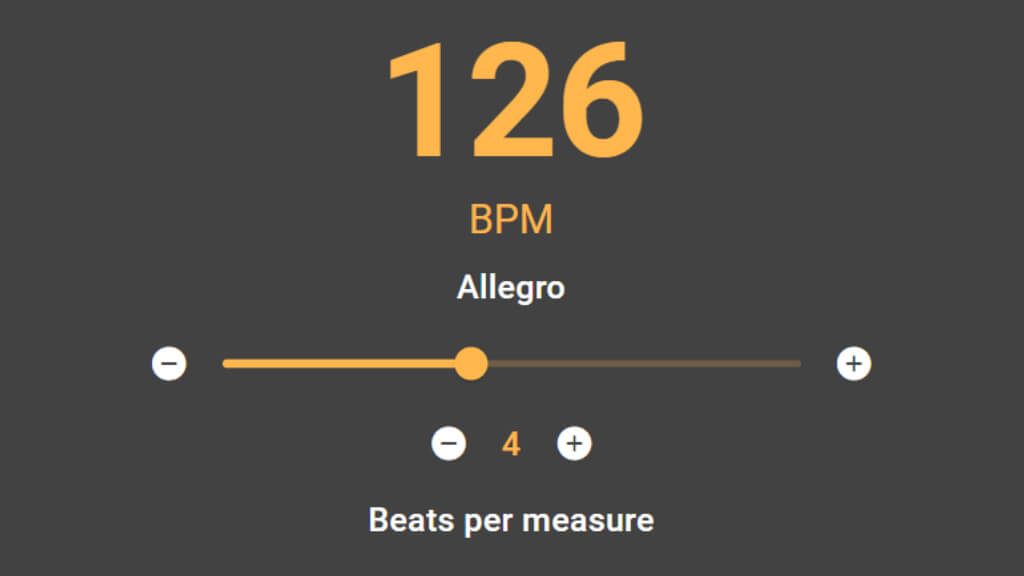Formula and Structure of the F#m6 Chord
Interval formula from the root note: 1 — b3 — 5 — 6. The chord consists of the following notes:
- Gb — unison and the main tonal anchor.
- A — minor third with a melancholic character and gentle lyricism.
- Db — perfect fifth, stabilizing the triad and adding tonal grounding.
- Eb — major sixth with a warm upper hue, pairing with the 9 to form a soft 6/9 tonic.
Together, these notes form the harmonic foundation of the F#m6 chord, defining its sound and role in the musical context.
Alternative Names for the F#m6 Chord
There are no alternative names for this chord.
Using the F#m6 Chord
Keep the 6 in the top voice for a gentle glow. Separate 6 and b3 into different parts to avoid muddy mids. Combine with 9 for a 6/9 tint and smooth arpeggios. In bossa nova and soul the 6 -> maj7 -> 6 melodic move works beautifully. Avoid the major 7 in the low register and don’t overload the bass.
Conclusion
F#m6 is an expressive and versatile chord. Learn several fingerings, experiment with different positions and voice spacing, then try weaving it into your own playing — this will help you quickly find your unique tone.













